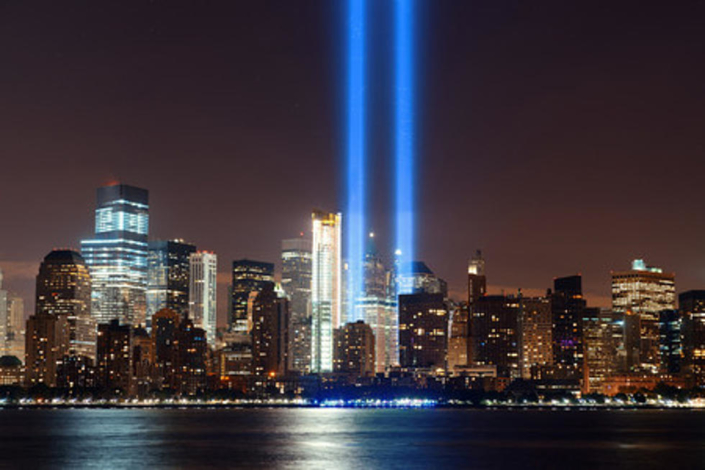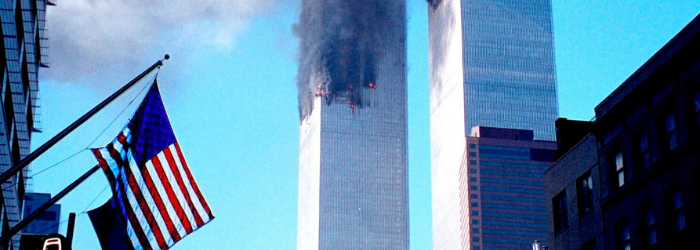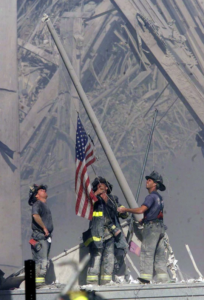Commemorating 9/11
This is part of Pioneer’s ongoing series of blogs on curricular resources for parents, teachers, and students during COVID-19.
The 9/11 terrorist attacks have left a powerful, lasting imprint on the soul of America. All those who were living 20 years ago – like those before us who remember the attack on Pearl Harbor or the assassinations of JFK and MLK – can recall where they were and what they were doing when they first heard that the militant Islamist terrorist group al-Qaeda had crashed two airplanes into the World Trade Center towers in New York City on the sunny morning of September 11, 2001.
The disbelief only grew deeper as a third hijacked plane crashed into the side of the Pentagon and a fourth was flying toward Washington, D.C. It never reached its intended target, instead crashing in a field in southwestern Pennsylvania. Islamic fundamentalist Osama bin Laden and al-Qaeda had turned Western technology itself – airplanes – into a weapon of mass murder and epic destruction. Nearly 3,000 were killed and the World Trade Center towers collapsed into craters, submitting to the extreme heat of 11,400 gallons of burning jet fuel.
All flights were grounded across the United States and President George W. Bush was advised to stay in the air on Air Force One rather than return to Washington, D.C. and the White House. That day, New York City Mayor Rudy Giuliani, who would later be named TIME Person of the Year for 2001, provided enormous, comforting leadership for New Yorkers and the nation. On September 14th at Ground Zero, President Bush embraced a NYC firefighter on top of the rubble and spoke through a bullhorn to the crowd of rescue workers:
- President Bush: “Thank you all. I want you all to know — it [bullhorn] can’t go any louder — I want you all to know that America today, America today is on bended knee, in prayer for the people whose lives were lost here, for the workers who work here, for the families who mourn. The nation stands with the good people of New York City and New Jersey and Connecticut as we mourn the loss of thousands of our citizens.”
- Rescue Worker: “I can’t hear you!”
- President Bush: “I can hear you! I can hear you! The rest of the world hears you! And the people — and the people who knocked these buildings down will hear all of us soon!”
It was a Churchillian moment and among our nation’s finest moments in the face of adversity. As the country mourned, searched through the ruins, and buried its dead, there was a great national coalescing that brought us closer together for a time, as national crises should do.
The heroes and heroines emerged: the NYC police, fire fighters, rescue workers, and EMTs who helped thousands escape certain doom at the World Trade Center and the Pentagon. The numerous survivors, often burned and covered with ash, told their harrowing stories of deliverance from death, as well as of the tragedies of those who perished. Among the most memorable was United Flight 93 hero Todd Beamer whose last recorded words were to his fellow passengers, “Are you guys ready? Let’s roll!”, as they attempted to regain control of the aircraft from the hijackers.
These and other heroic stories are part of our national consciousness and memory. It’s the duty and obligation of the living and those who survived to pass along this history to the next generation. As Americans mourn the events of 20 years ago, while in the midst of another national crisis during COVID-19, let’s recommit ourselves to teaching students and the younger generation about seminal events like 9/11 that still shape our world today. To support this effort, we’re offering a variety of resources to help parents, teachers, and high school students:
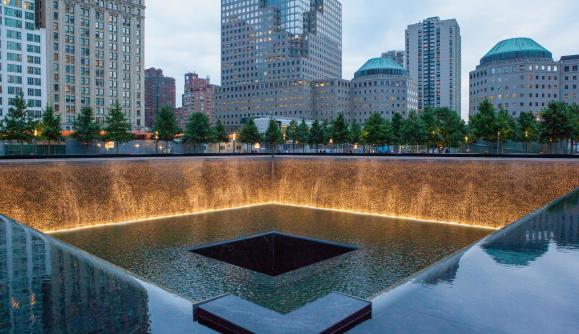
National September 11 Memorial & Museum, NYC
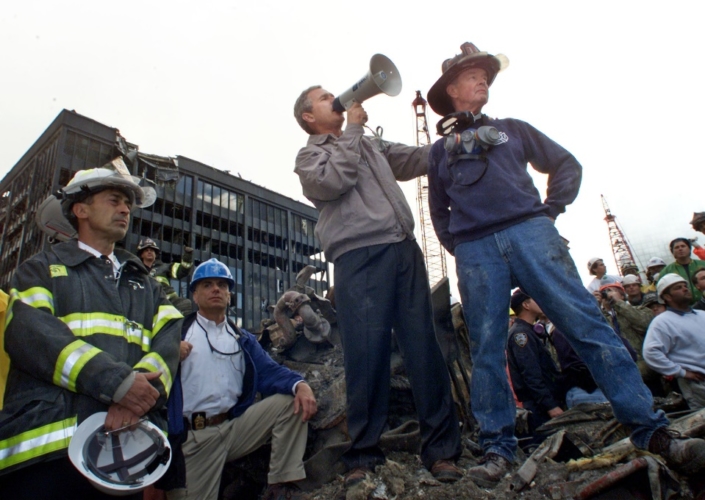
President George W. Bush: Bullhorn Speech to Emergency Rescue Workers at 9/11 Ground Zero, New York. Delivered 14 September 2001, Encyclopedia Britannica
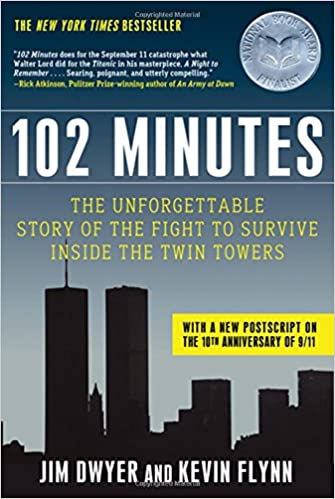
102 Minutes: The Unforgettable Story of the Fight to Survive Inside the Twin Towers, by Jim Dwyer and Kevin Flynn

The Looming Tower: Al-Qaeda and the Road to 9/11, by Lawrence Wright
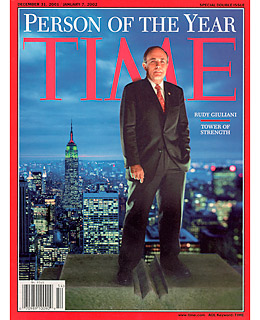
Rudy Giuliani: TIME Person of the Year 2001, by Time, Inc.
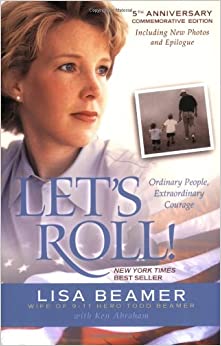
Let’s Roll! (Ordinary People, Extraordinary Courage), by Lisa Beamer
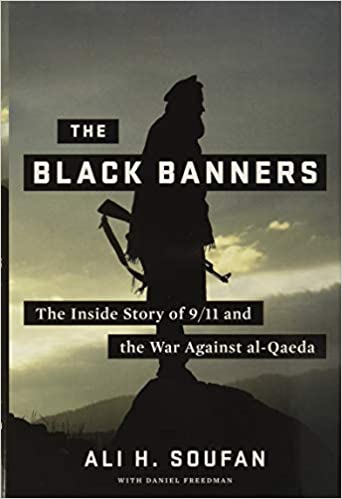
The Black Banners: The Inside Story of 9/11 and the War Against al-Qaeda, by Ali Soufan (Author), Daniel Freedman
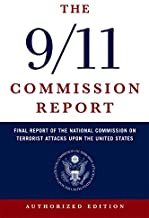
The 9/11 Commission Report: Final Report of the National Commission on Terrorist Attacks Upon the United States, by National Commission on Terrorist Attacks
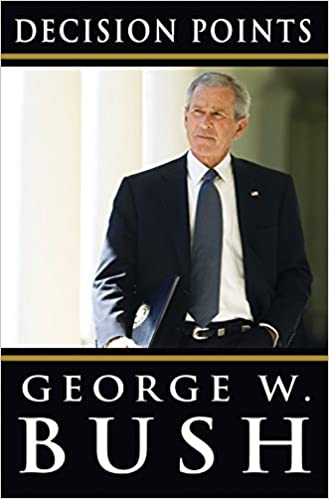
Decision Points, by George W. Bush
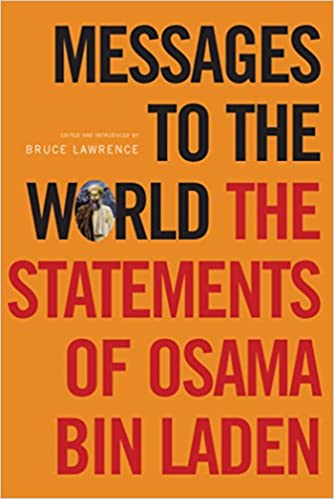
Messages to the World: The Statements of Osama Bin Laden, by Osama bin Laden (Author), Bruce Lawrence (Editor), James Howarth (Translator)
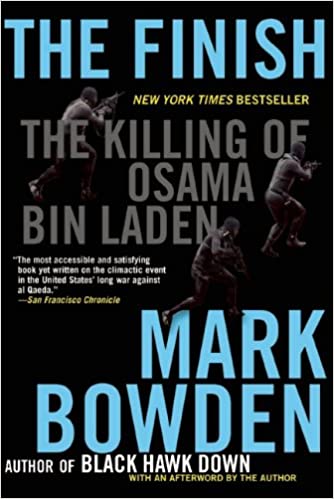
The Finish: The Killing of Osama bin Laden, by Mark Bowden
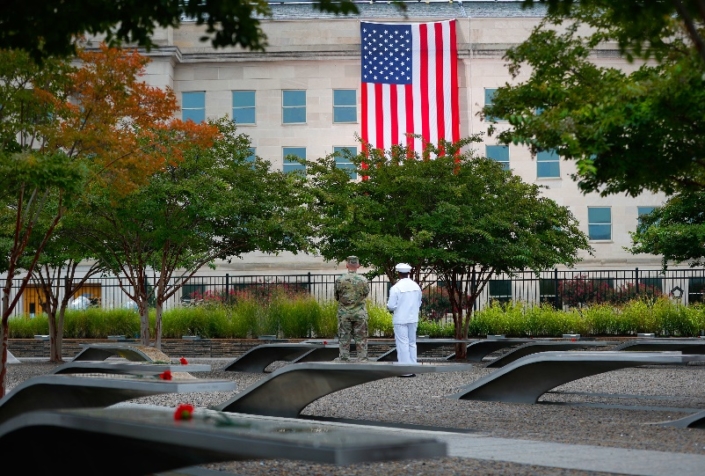
Pentagon 9/11 Memorial, Virginia
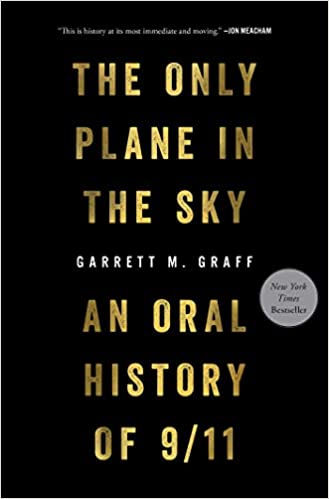
The Only Plane in the Sky: An Oral History of 9/11, by Garrett M. Graff
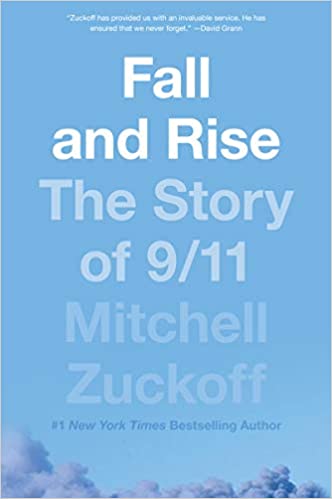
Fall and Rise: The Story of 9/11, by Mitchell Zuckoff

Flight 93: The Story, the Aftermath, and the Legacy of American Courage on 9/11, by Tom McMillan (Author) and Governor Tom Ridge (Foreword)
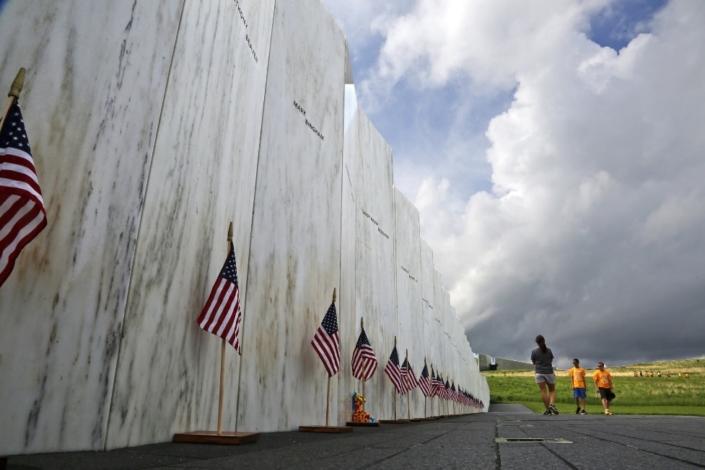
Flight 93 National Memorial, PA
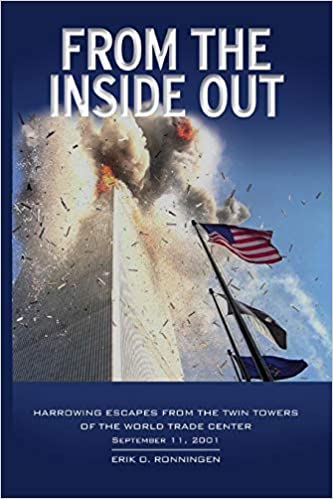
From the Inside Out: Harrowing Escapes from the Twin Towers of the World Trade Center, by Erik O. Ronningen
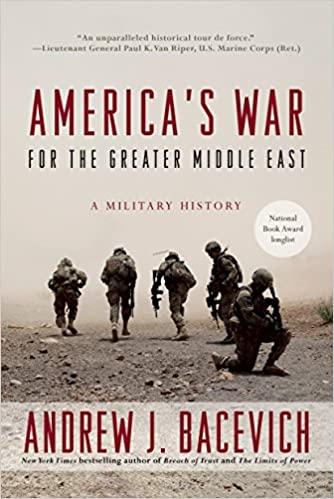
America’s War for the Greater Middle East: A Military History, by Andrew J. Bacevich

The Killing of Osama Bin Laden, by Seymour M. Hersh
